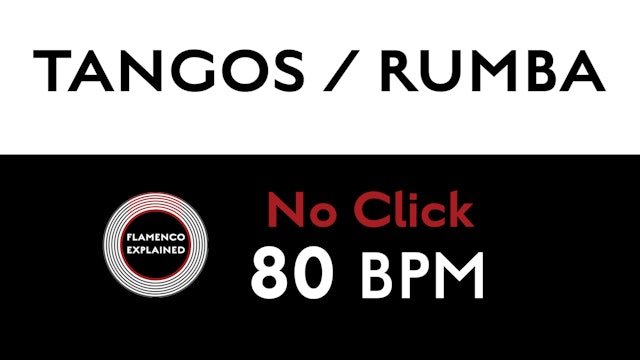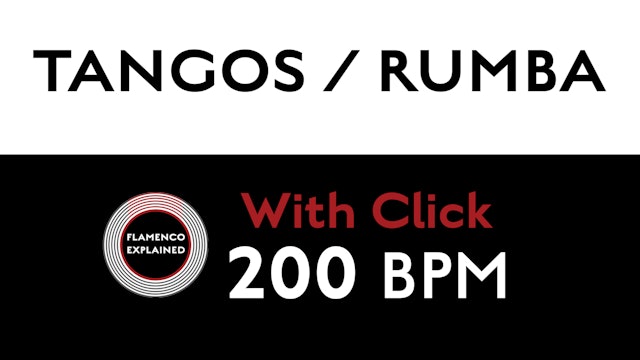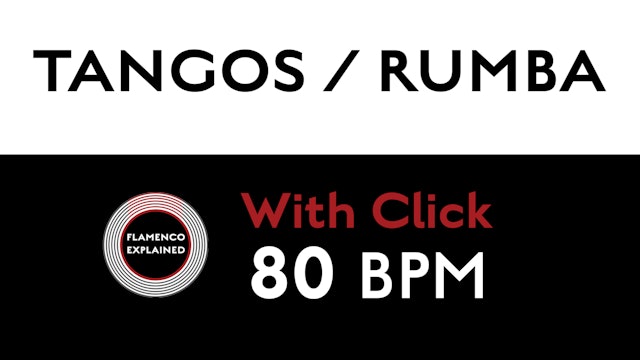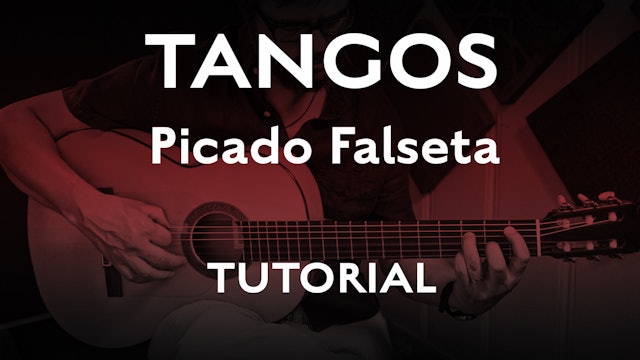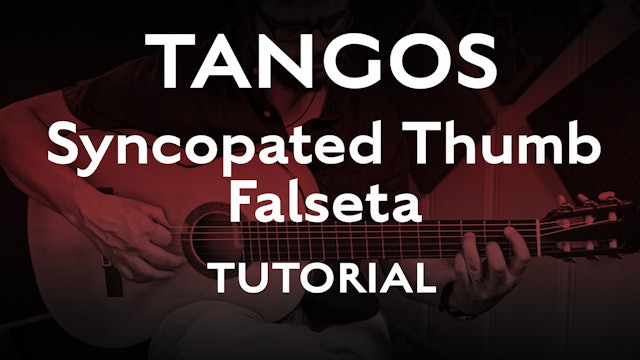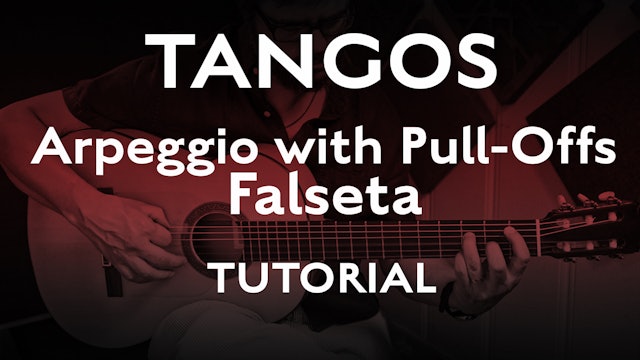Most Recent Videos
Here you'll find all of our videos in the order that we released them. This is not the order in which we recommend you study them, but rather a simple way to see when we added which videos chronologically.
-
Compás Loops - Tangos/Rumba - 160 BPM - No Click
-
Compás Loops - Tangos/Rumba - 140 BPM - No Click
-
Compás Loops - Tangos/Rumba - 120 BPM - No Click
-
Compás Loops - Tangos/Rumba - 100 BPM - No Click
-
Compás Loops - Tangos/Rumba - 80 BPM - No Click
-
Compás Loops - Tangos/Rumba - 240 BPM - With Click
-
Compás Loops - Tangos/Rumba - 220 BPM - With Click
-
Compás Loops - Tangos/Rumba - 200 BPM - With Click
-
Compás Loops - Tangos/Rumba - 180 BPM - With Click
-
Compás Loops - Tangos/Rumba - 160 BPM - With Click
-
Compás Loops - Tangos/Rumba - 140 BPM - With Click
-
Compás Loops - Tangos/Rumba - 120 BPM - With Click
-
Compás Loops - Tangos/Rumba - 100 BPM - With Click
-
Compás Loops - Tangos/Rumba - 80 BPM - With Click
-
Tangos Explained - Picado Falseta - Tutorial
Besides being a fun straight-ahead picado falseta for your Tangos, this one doubles as a great picado study. Practicing preparing your right hand placement and working on your left-hand / right-hand coordination to get the most out of this one.
-
Tangos Explained - Syncopated Thumb Falseta - Tutorial
This may be simplest falseta in the course in terms of technique, though the syncopation will be tricky for some. It’s a great hard-driving falseta played on the bass strings that requires solid coordination of the left and right hands and a good feel for the compás.
-
Tangos Explained - Thumb Tomatito Falseta - Tutorial
One of my favorite Tomatito falsetas por Tangos, this one features thumb and alzapua techniques, along with some big left hand stretches. Most of it is ‘simple’ but not easy, especially to get it to sound as powerful as Tomatito does when he plays it. And the little alzapua bit at the end is neit...
-
Tangos Explained - Arpeggio with Pull-offs Falseta - Tutorial
Another good candidate for an intro falseta, this one introduces a new technique of adding a pull-off in the middle of an arpeggio that is quite common in flamenco.
-
Tangos Explained - Thumb Tomatito Falseta - Performance
One of my favorite Tomatito falsetas por Tangos, this one features thumb and alzapua techniques, along with some big left hand stretches. Most of it is ‘simple’ but not easy, especially to get it to sound as powerful as Tomatito does when he plays it. And the little alzapua bit at the end is neit...
-
Tangos Explained - Intro Arpeggio Falseta - Performance
This arpeggio falseta, which works great as an intro or anywhere in your Tangos, is relatively simple but has a few little technical challenges and some syncopation that make a bit less simple than it may seem.
-
Tangos Explained - Syncopated Thumb Falseta - Performance
This may be simplest falseta in the course in terms of technique, though the syncopation will be tricky for some. It’s a great hard-driving falseta played on the bass strings that requires solid coordination of the left and right hands and a good feel for the compás.
-
Tangos Explained - Arpeggio with Pull-offs Falseta - Performance
Another good candidate for an intro falseta, this one introduces a new technique of adding a pull-off in the middle of an arpeggio that is quite common in flamenco.
-
Tangos Explained - Picado Falseta - Performance
Besides being a fun straight-ahead picado falseta for your Tangos, this one doubles as a great picado study. Practicing preparing your right hand placement and working on your left-hand / right-hand coordination to get the most out of this one.
-
Tangos Explained - Estribillo Falseta - Performance
This falseta is based on an Estribillo, or chorus, of a sung Tangos. It’s groovy and very playable, though the tag at the end can be just a bit challenging. You don’t have to play that tag, but it’s a fun one to learn and good for practicing your arpeggio to picado transition.





